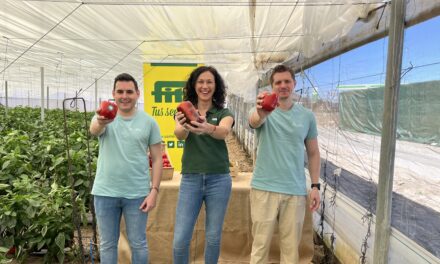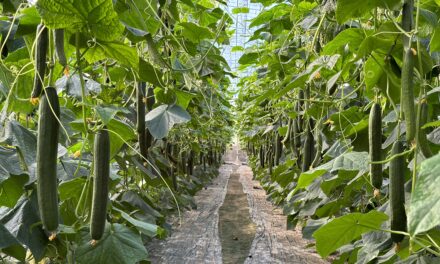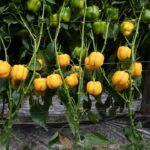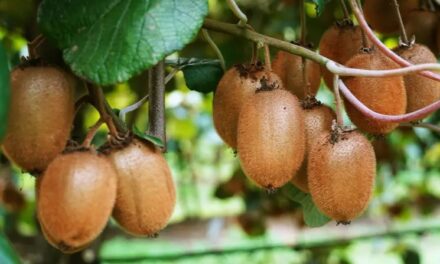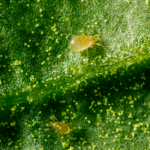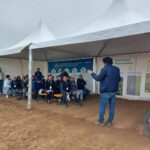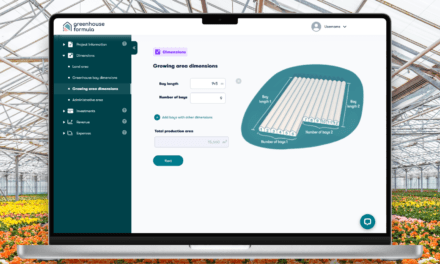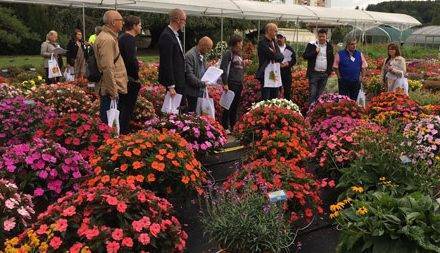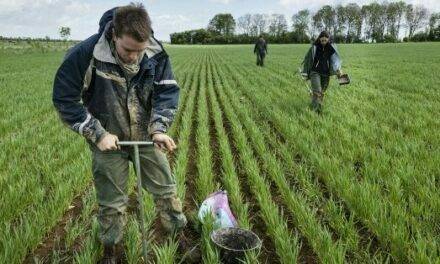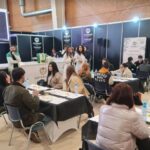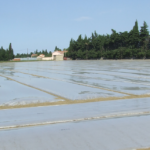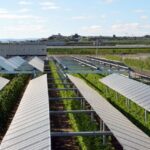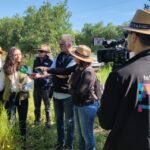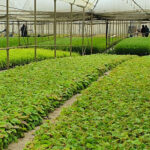
Effect of flowering reduction with gibberellic acid on avocado production
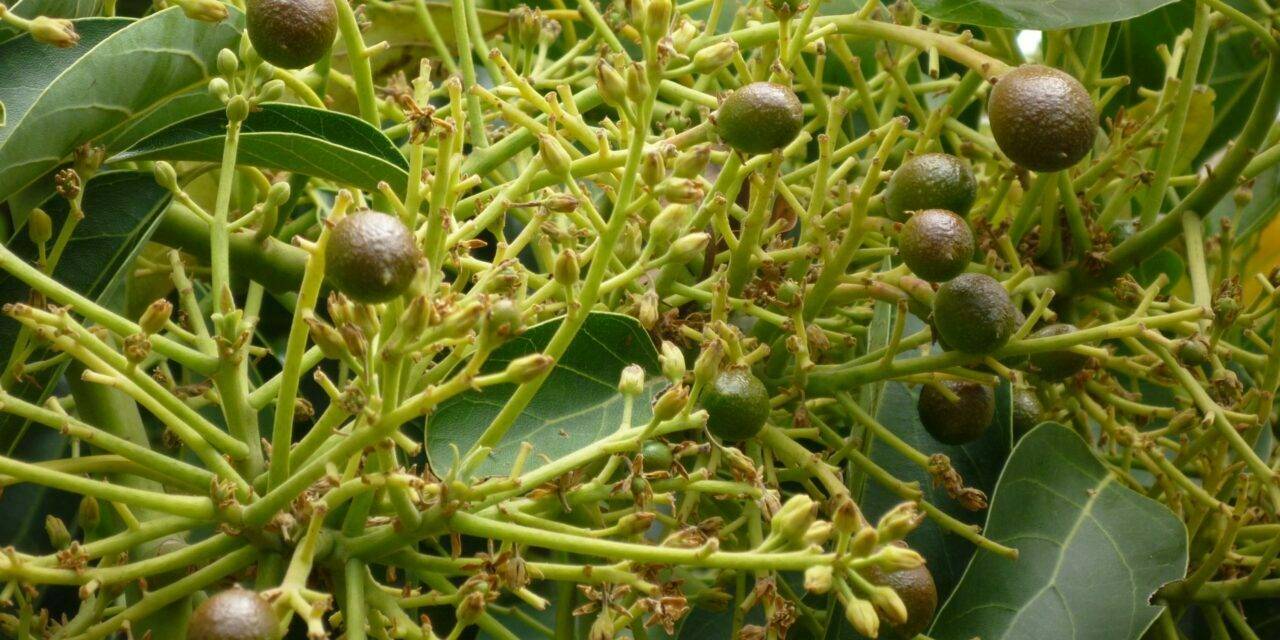
The avocado (Persea americana Mill.), belongs to the Lauraceae family, a subtropical species of American origin. Its cultivation has become of importance in the recent years in Spain, due to an icreased market demand.
One of the most important problem of this species is the dichogamy, but it doesn’t explain the extremelly low capacity to set, since less than 0.1% of the initial flowers develop into mature fruit. The most accepted hypothesis explains this low productivity through a competition between developing flowers and vegetative growth. Accordingly, the reduction of flowering might be an indirect way to increase fruit production of this species.
The application of gibberellic acid (50 mg l-1) to the whole tree during the rest period of an OFF year, significantly reduced flowering in ‘Lamb Hass’ avocado. The response depended on the date of treatment, mid-February being more effective than late in November under the Mediterranean climatic conditions. The best treatment significantly reduced the number of sprouted buds, and, thus, the total number of inflorescences. Although the number of flowers
per inflorescence slightly decreased, treatment significantly lessened flowering intensity up to 45-55%.
At anthesis, flower weight was increased by more than 30% due to the treatment, and 15 days later the number of developing fruitlets per inflorescence of treated trees almost doubled that of control ones.
Treatment also caused precocious and higher development of the vegetative shoot of indeterminate inflorescences relative to untreated trees.
Flower and fruitlet abscission were delayed by more than 20 days due to the treatment, and total number of abscised fruitlets was also reduced. Hence, at the end of the physiological fruitlet abscission, whereas the control trees had 1-3 fruit per 10 inflorescences those from treated trees had 4-6 fruits. Fruit weight scarcely varied between treatments.
Results suggest that less sprouting of lateral buds was largely responsible for the reduction in flowering intensity caused by gibberellic acid, and that competition for resources may be a factor responsible for fruit set.
Author: Elena Chaveli Lópeze
Tutors: Carmina Reig Valor y Manuel Agustí Fonfría

